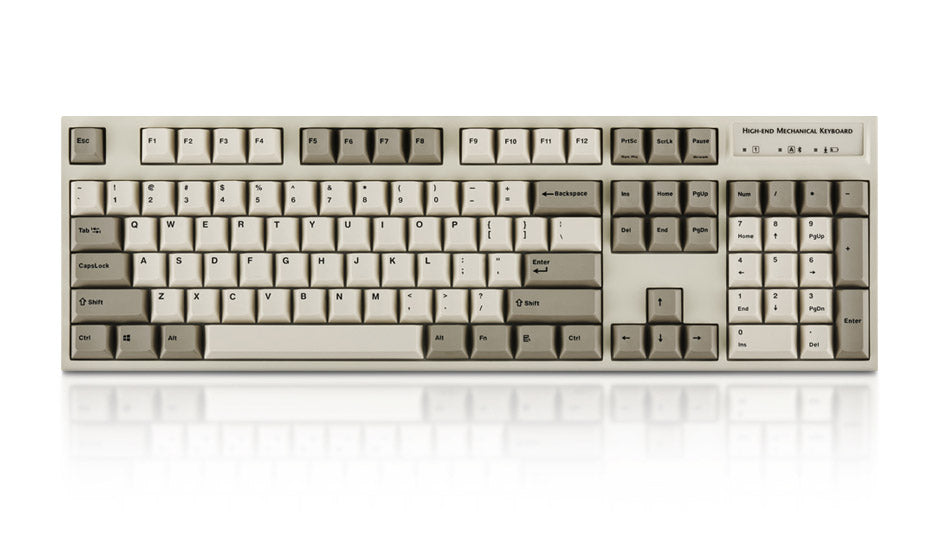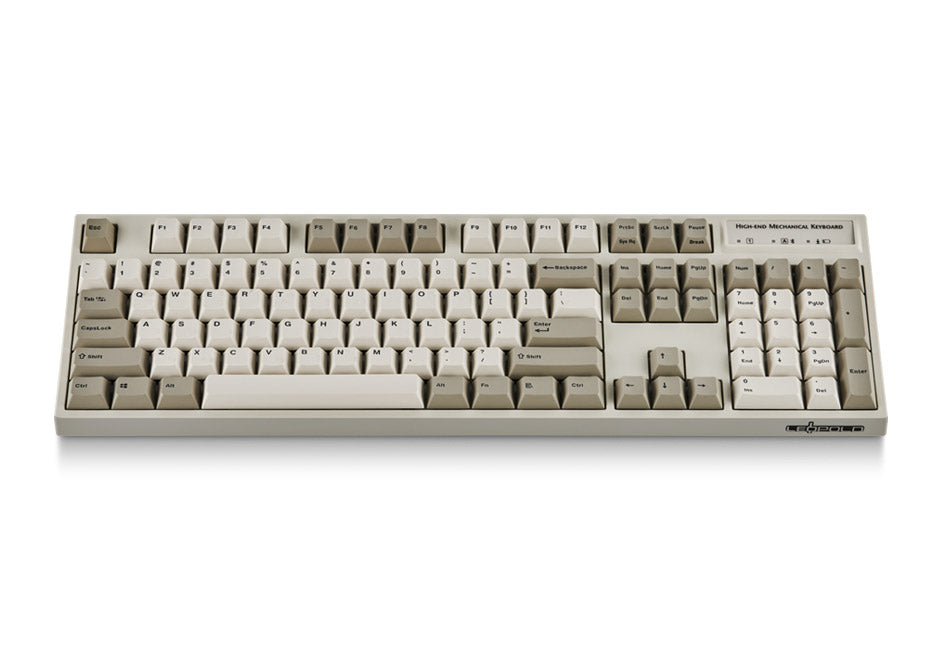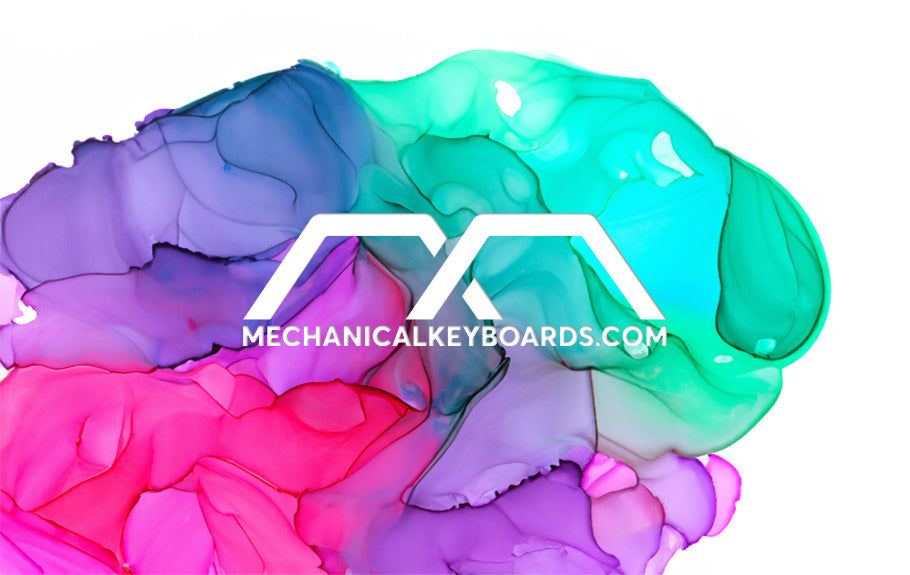







About
Description
- Full-size layout
- Genuine Cherry MX switches
- Wireless connectivity with Bluetooth 5.1
- Connect up to 4 devices
- 1.5mm thick PBT Double Shot keycaps
- Dip switches for customizing layout
- Wireless mode powered by 2 AAA batteries (included)
Characteristics
Barebones
No
Bottom Material
Plastic
Built in Audio Port
No
Color
White
Hotswap
No
Keycap Color
Beige
Keycap Material
PBT
Legend Color
Black
Logical Layout
US QWERTY
Mic Port
No
Multimedia Keys
Yes
Physical Layout
ANSI
Print Method
Double Shot
Print Position
Top
Series
FC900RBT
Size
Full-size
Switch Mount Type
Plate
Top Material
Plastic
USB Key Rollover
Full
Windows Compatible
Yes
Cherry MX Black
FC900RBTL/EWPD
Cherry MX Brown
FC900RBTN/EWPD
Cherry MX Blue
FC900RBTC/EWPD
Cherry MX Red
FC900RBTR/EWPD
Cherry MX Silent Red
FC900RBTS/EWPD
Cherry MX Clear
FC900RBTW/EWPD
Cherry MX Silver
FC900RBTV/EWPD
Description
- Full-size layout
- Genuine Cherry MX switches
- Wireless connectivity with Bluetooth 5.1
- Connect up to 4 devices
- 1.5mm thick PBT Double Shot keycaps
- Dip switches for customizing layout
- Wireless mode powered by 2 AAA batteries (included)
Characteristics
Barebones
No
Bottom Material
Plastic
Built in Audio Port
No
Color
White
Hotswap
No
Keycap Color
Beige
Keycap Material
PBT
Legend Color
Black
Logical Layout
US QWERTY
Mic Port
No
Multimedia Keys
Yes
Physical Layout
ANSI
Print Method
Double Shot
Print Position
Top
Series
FC900RBT
Size
Full-size
Switch Mount Type
Plate
Top Material
Plastic
USB Key Rollover
Full
Windows Compatible
Yes
Cherry MX Black
FC900RBTL/EWPD
Cherry MX Brown
FC900RBTN/EWPD
Cherry MX Blue
FC900RBTC/EWPD
Cherry MX Red
FC900RBTR/EWPD
Cherry MX Silent Red
FC900RBTS/EWPD
Cherry MX Clear
FC900RBTW/EWPD
Cherry MX Silver
FC900RBTV/EWPD
Leopold
by
Leopold
Leopold FC900RBT Bluetooth Two Tone White PD Double Shot PBT Mechanical Keyboard
- Regular price
- $149.00
- Sale price
- $149.00
- Regular price
-
$0.00
In Stock
Available for Pre-Order!
Couldn't load pickup availability













